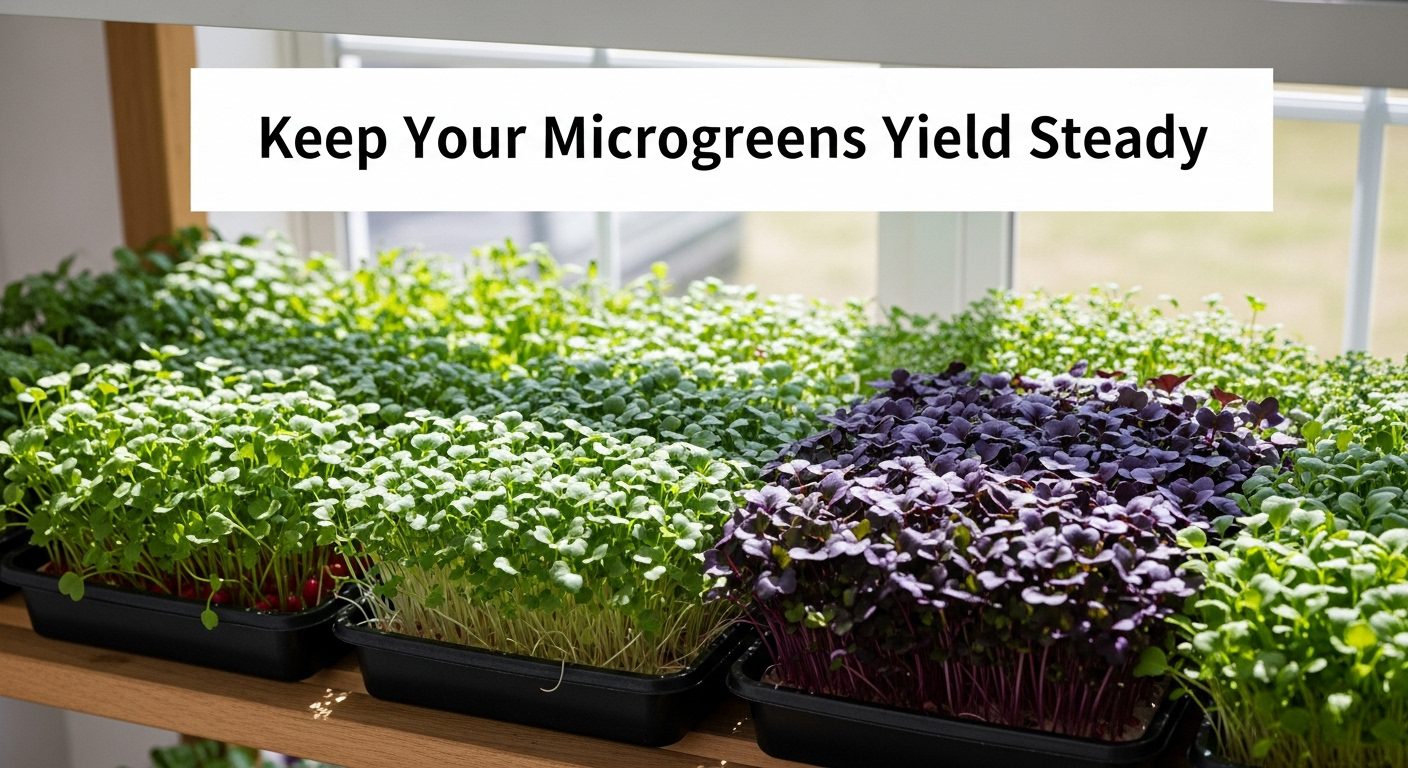
Don’t give up on your garden yet! Late summer is the perfect time to plant vegetables that thrive in cooler weather.
Spinach, kale, and lettuce are fast growers, but try carrots, radishes, and broccoli too. These plants love the fall chill and can grow big in just a few weeks.
With shorter days and milder temperatures, your garden can keep producing. Planting now helps you enjoy fresh veggies all fall.
Start today and watch your garden flourish!
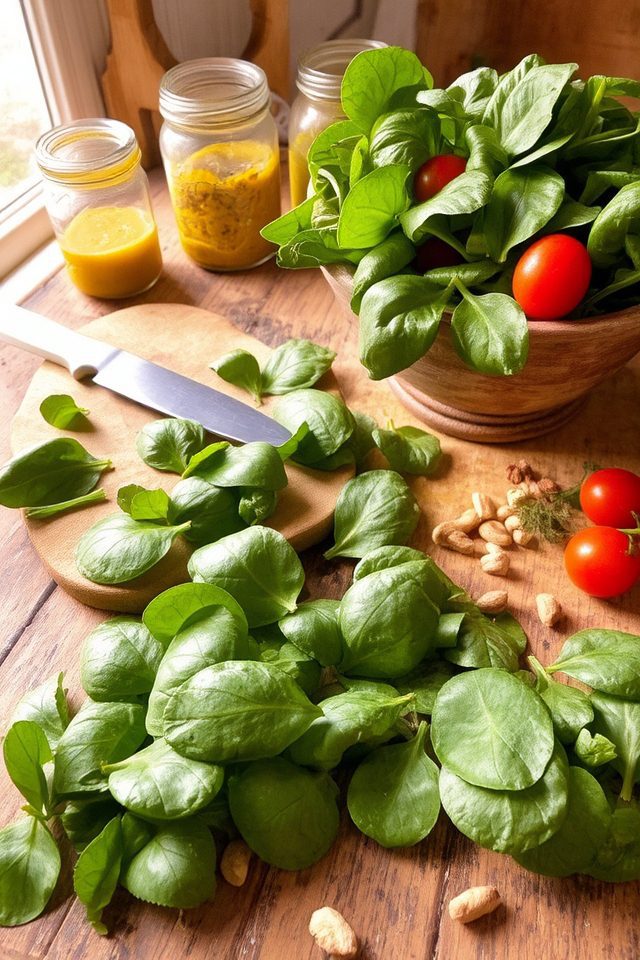
Spinach is a versatile, nutrient-dense leafy green that thrives in late summer gardens. As temperatures begin to cool, this cool-season crop can be sown directly into the soil for a bountiful fall harvest. Spinach grows quickly and can be harvested multiple times; younger leaves are ideal for salads while mature leaves are perfect for sautéing or adding to soups. Rich in iron and vitamins, spinach is a healthy addition to any meal.
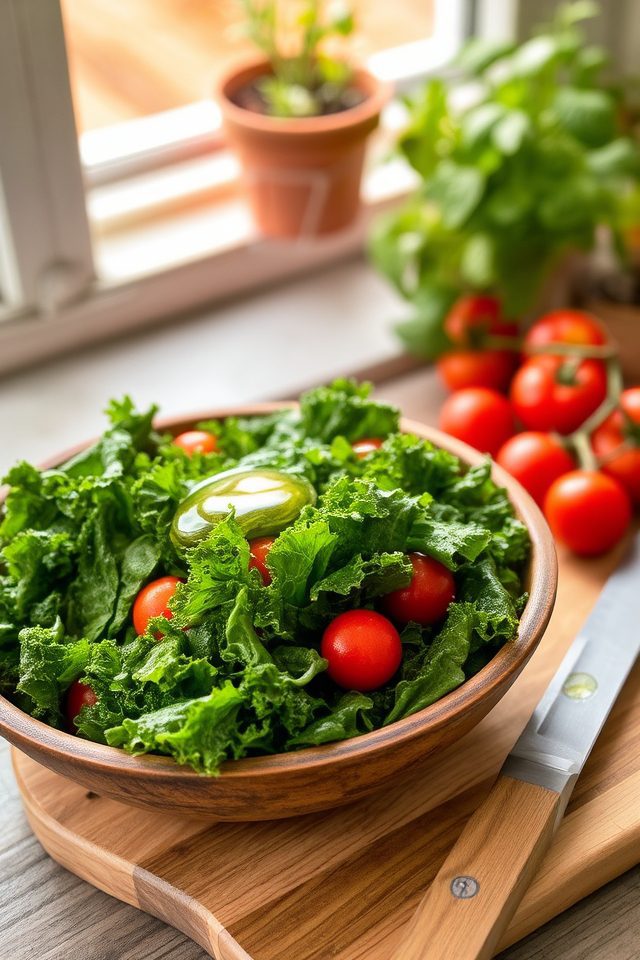
Kale is a versatile and nutritious leafy green that thrives in late summer gardens. Known for its hardy resilience, it can withstand cooler temperatures, making it ideal for fall harvesting. Its rich, dark leaves are packed with vitamins A, C, and K, providing numerous health benefits. To enhance growth, plant kale in well-drained soil and apply mulch for moisture retention. Regular harvesting encourages new growth, allowing for a steady supply of this superfood well into the autumn months.
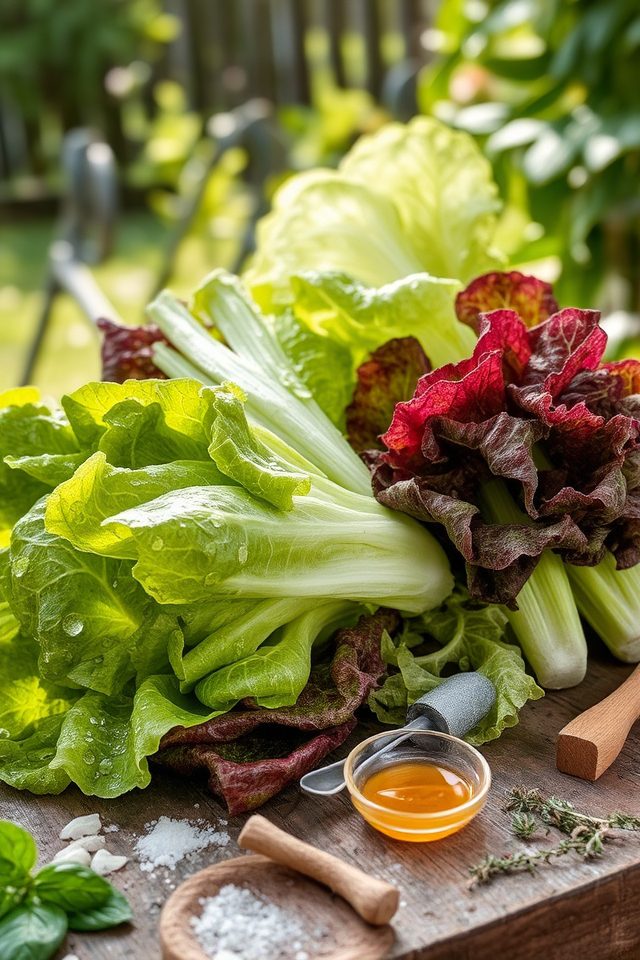
Lettuce is a fantastic choice for late summer vegetable gardening, as it thrives in the cooler temperatures of early fall. Varieties like Romaine, Butterhead, and Leaf lettuce can be planted now for a revitalizing harvest. Consider partial shade to protect seedlings from the heat and guarantee consistent watering to keep the leaves crisp. Quick to grow, lettuce can be harvested in as little as 30 days, making it an ideal addition to your late summer garden.
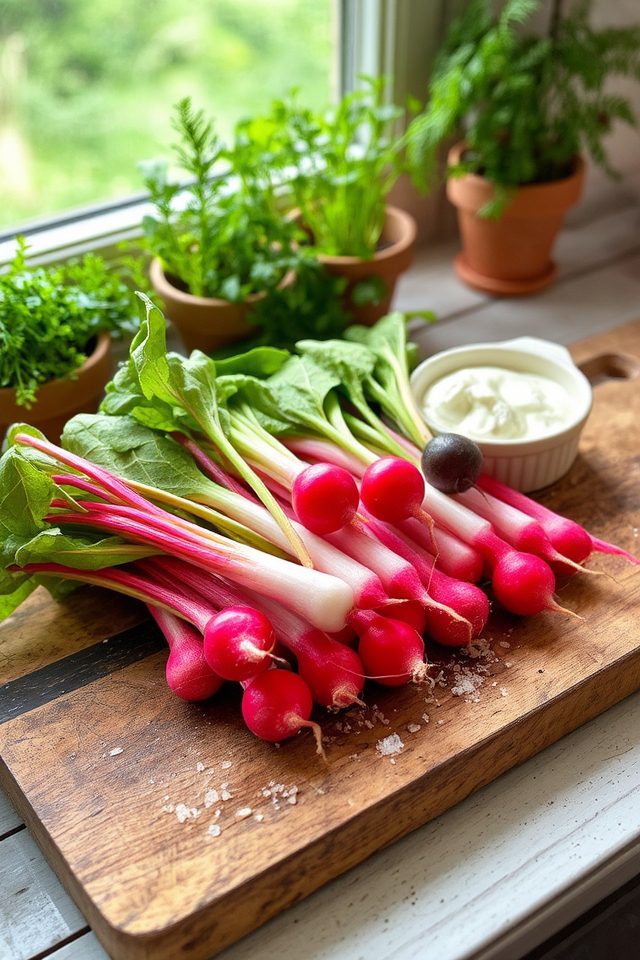
Radishes are a versatile and fast-growing crop, perfect for late summer gardens. With a range of varieties available, from the familiar red globe to the striking black or white radishes, these root vegetables add both flavor and color to your garden. They thrive in well-drained soil and can be planted in succession for a continuous harvest. Additionally, their quick maturation cycle, typically around 30 days, allows gardeners to enjoy fresh crunchy radishes in salads or as snacks before the cooler fall weather arrives.
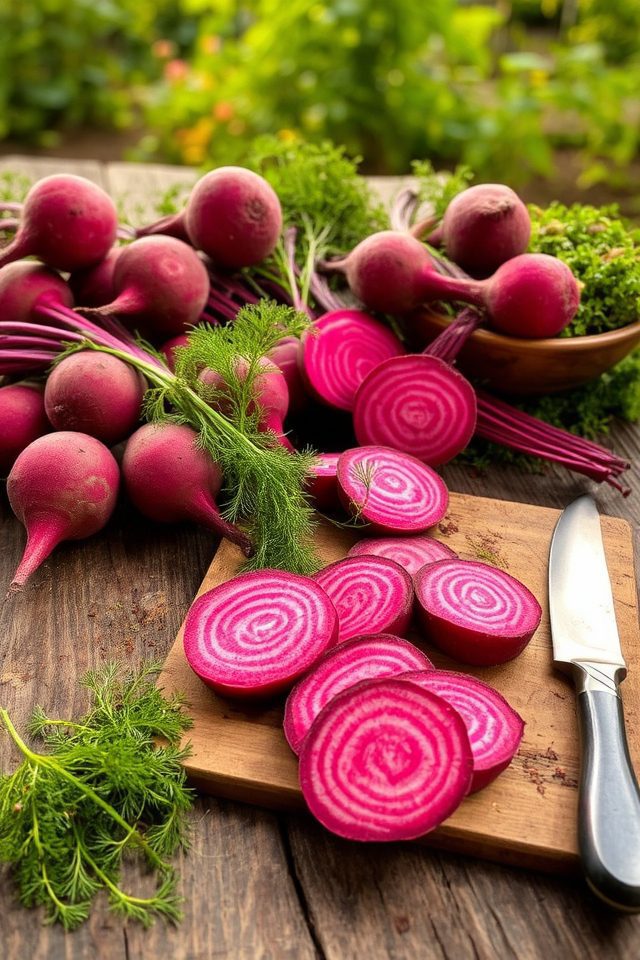
Beets are a versatile root vegetable perfect for late summer gardens. They thrive in cooler temperatures and can be sown directly into the soil, making them ideal for fall harvesting. Rich in nutrients, beets can be enjoyed roasted, pickled, or in salads. Their vibrant colors and sweet flavor add visual appeal and taste to any dish. Consider planting different varieties, like globe or chioggia, for an exciting harvest.
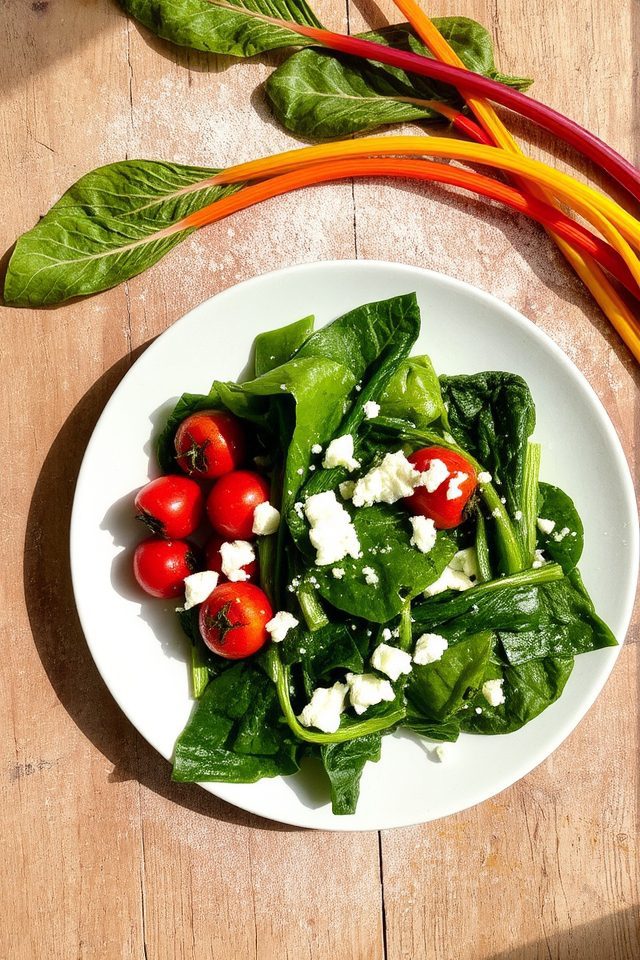
Swiss chard is a versatile and resilient leafy green that thrives in late summer gardens. Its vibrant, colorful stems range from deep reds to bright yellows, adding visual appeal to your vegetable plot. Rich in vitamins A, C, and K, Swiss chard can be harvested continuously, allowing for fresh greens long into the fall. Whether sautéed, added to salads, or incorporated into soups, its slightly earthy flavor makes it a delightful addition to any meal. Plus, it’s easy to grow, making it perfect for both novice and experienced gardeners.
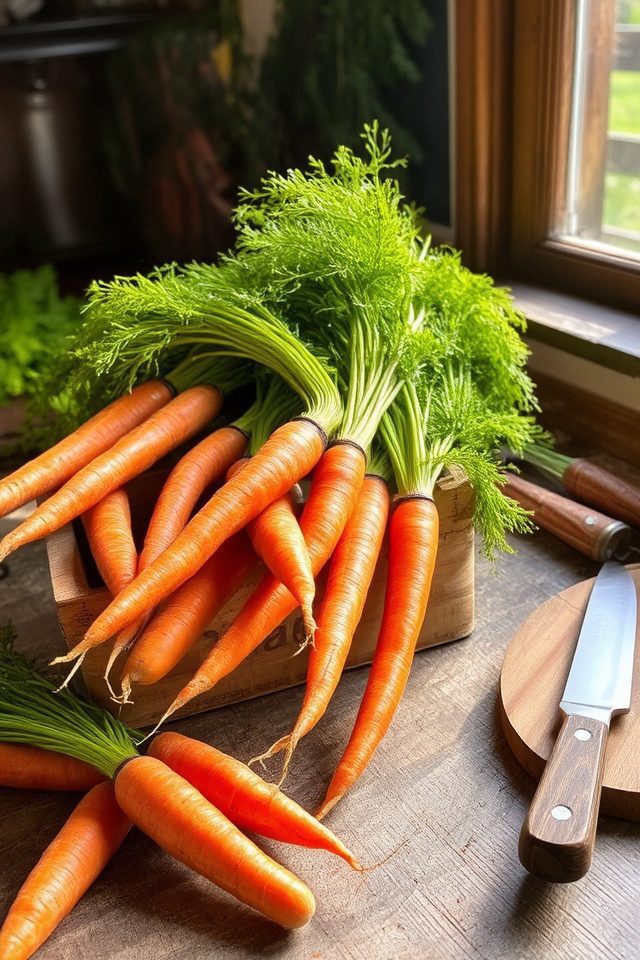
Carrots are a fantastic late summer garden crop, thriving in cooler temperatures that herald the arrival of fall. These root vegetables are not only nutritious but also versatile, making them a staple in many dishes. When planting carrots in late summer, choose varieties suited for fall harvest, such as Nantes or Imperator. Make certain they have well-drained, loose soil and ample sunlight. Regular watering will help them grow sweet and crisp, ready to be enjoyed in autumn recipes or fresh salads.
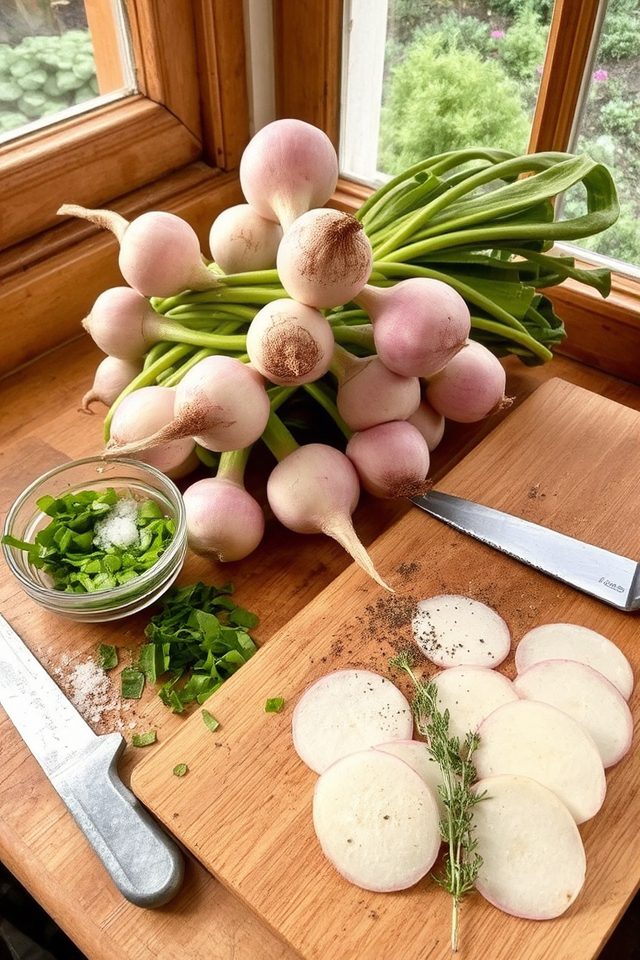
Turnips are a versatile and nutritious root vegetable perfect for late summer gardens. They thrive in cooler temperatures, making them ideal for fall harvests. With a quick growth cycle, turnips can be sown in late summer for a bountiful autumn crop. Their sweet, peppery flavor enhances soups, stews, and salads. Plus, their greens are edible too, providing an added bonus for your garden. Just verify well-drained soil and regular watering for peak growth!
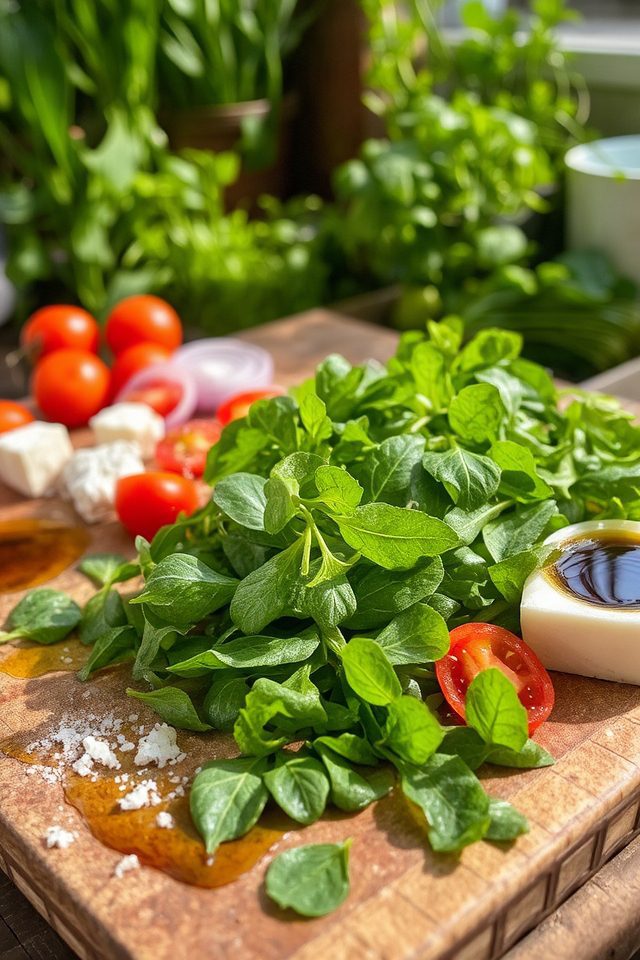
Arugula, also known as rocket, is a leafy green vegetable that thrives in late summer gardens. Its peppery flavor adds a zesty kick to salads, pizzas, and sandwiches. Quick to germinate, arugula can be sown directly into the garden or in containers for a fresh harvest within weeks. This hardy green prefers cooler temperatures, so planting it later in the summer guarantees a bountiful crop in the fall. Enjoy arugula’s versatility and health benefits while enhancing your garden’s biodiversity.
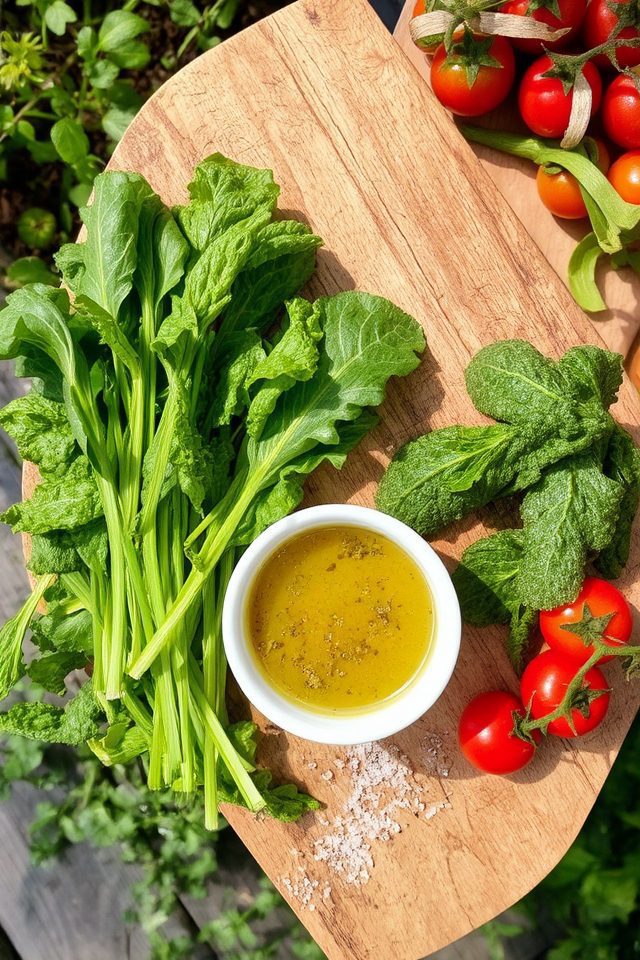
Mustard greens are a nutritious and versatile addition to any late summer vegetable garden. These leafy greens thrive in cooler temperatures, making them perfect for fall harvests. With their peppery flavor, they can be enjoyed raw in salads or cooked in various dishes, enhancing flavor while providing essential vitamins and minerals. Fast-growing and easy to cultivate, mustard greens can be sown in succession for continuous yields, ensuring a vibrant and productive garden even as summer wanes.
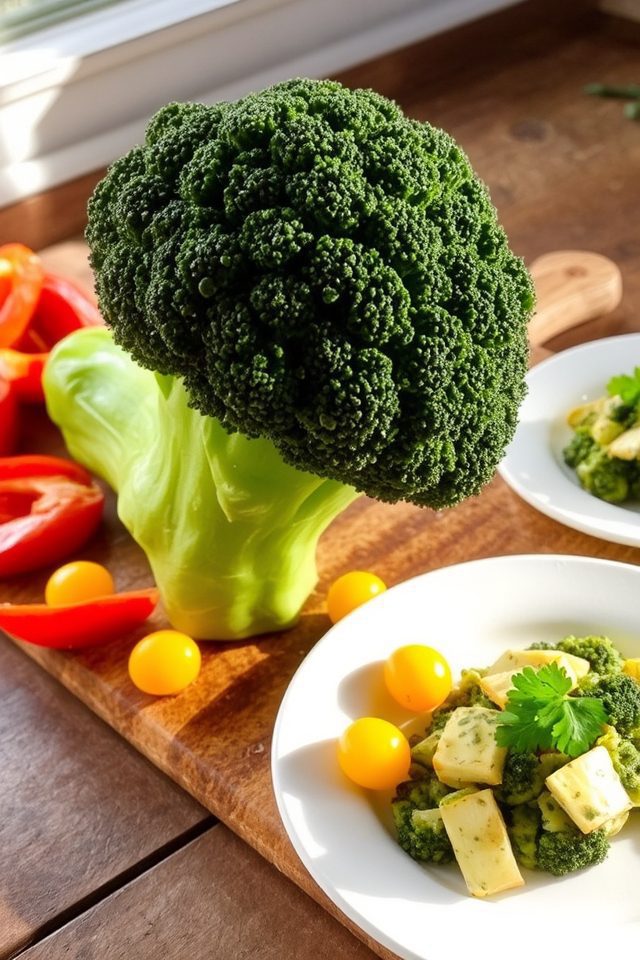
Broccoli is a nutritious and versatile vegetable that thrives in late summer gardens as temperatures begin to cool. It prefers well-drained soil and moderate moisture, making it an ideal crop for late-season planting. To grow strong, healthy heads, sow seeds in late summer for a fall harvest, or transplant seedlings started indoors. Broccoli is not only rich in vitamins and minerals, but it also adds beauty to your garden with its lush green foliage and striking flower buds.
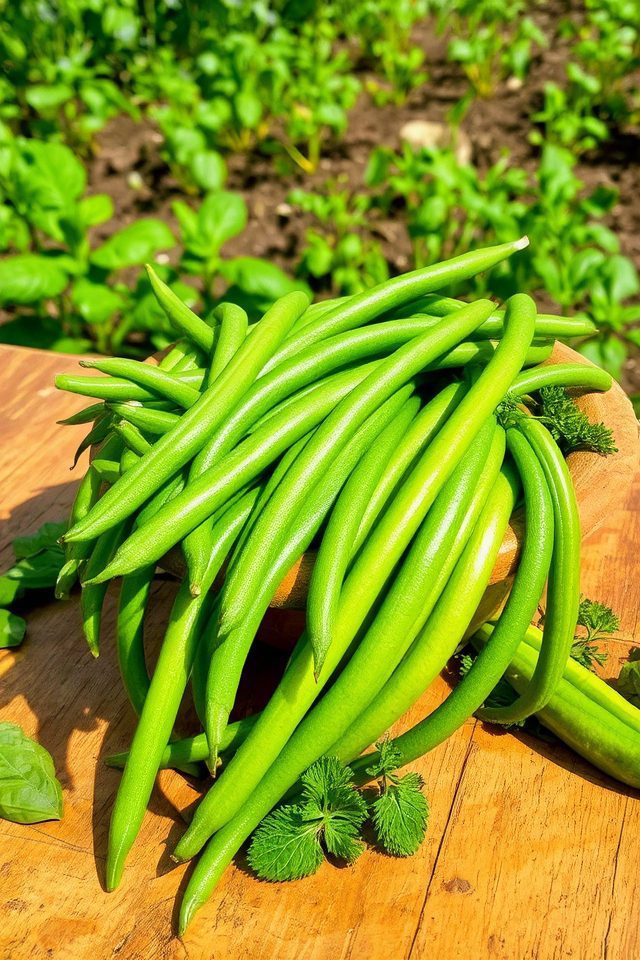
Green beans are a fantastic addition to your late summer vegetable garden, thriving in the warm weather before the fall chill sets in. They come in various varieties, such as bush and pole beans, offering versatility in garden space and aesthetics. Easy to grow and quick to harvest, green beans can be enjoyed fresh, steamed, or preserved. Plant them alongside other vegetables to maximize your garden’s yield and enjoy a bountiful late summer harvest.
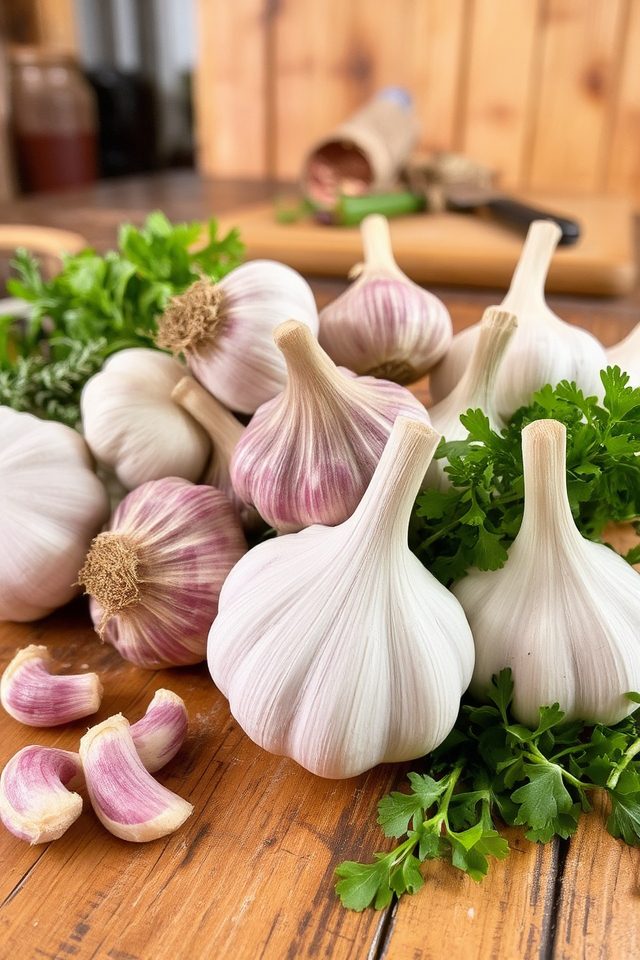
Garlic is a hardy and rewarding addition to late summer vegetable gardens, perfect for planting in the fall for a spring harvest. It thrives in well-drained soil with plenty of sunlight. When selecting garlic, consider choosing organic varieties or local sources for the best flavor and adaptability. Plant individual cloves a few inches apart, ensuring they are buried about two inches deep. As garlic grows, its green shoots not only provide a beautiful garden aesthetic but are also edible and flavorful in various dishes.
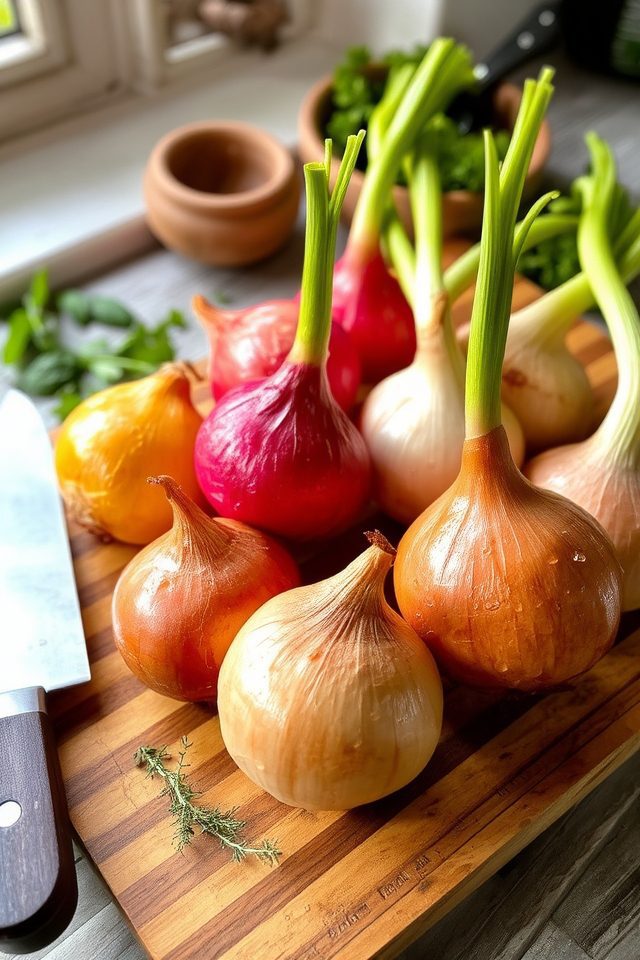
Onions are a versatile and rewarding crop to grow in your late summer vegetable garden. Ideally planted in early spring or late summer, they thrive in well-drained soil and plenty of sunlight. Choose from varieties like yellow, red, or green onions to suit your culinary needs. They require consistent watering and benefit from a balanced fertilizer. Harvest when the tops begin to yellow and fall over, ensuring a fresh supply for your kitchen well into autumn.

Peas are a delightful addition to a late summer vegetable garden, providing a burst of sweetness and vibrant green color. Ideal for planting in the cooler days of late summer, they thrive in well-drained soil and full sunlight. Choose varieties like sugar snap peas or snow peas for a crunchy snack straight from the vine. Regular watering and support for climbing varieties will guarantee a bountiful harvest, perfect for stir-fries, salads, or enjoying fresh.

Bok choy, also known as Chinese cabbage, is a versatile leafy green that’s perfect for late summer gardens. Thriving in cooler temperatures, it can be sown in late summer for a fall harvest. This fast-growing vegetable boasts a mild flavor, making it ideal for stir-fries, soups, and salads. With its crisp white stems and dark green leaves, bok choy not only adds nutritional value but also visual appeal to your garden. Additionally, it can withstand light frosts, extending your harvest season.

Cabbage is a hardy, versatile vegetable that thrives in late summer gardens, making it a perfect choice for fall harvesting. This cool-season crop can be sown in late summer for a late autumn harvest. With varieties such as green, red, and savoy, cabbage not only adds vibrant color to your garden but is also packed with nutrients. Its dense leaves require ample space, and when planted in fertile soil with proper moisture, cabbages can produce heads that are crisp and flavorful, perfect for salads, coleslaw, or hearty soups.
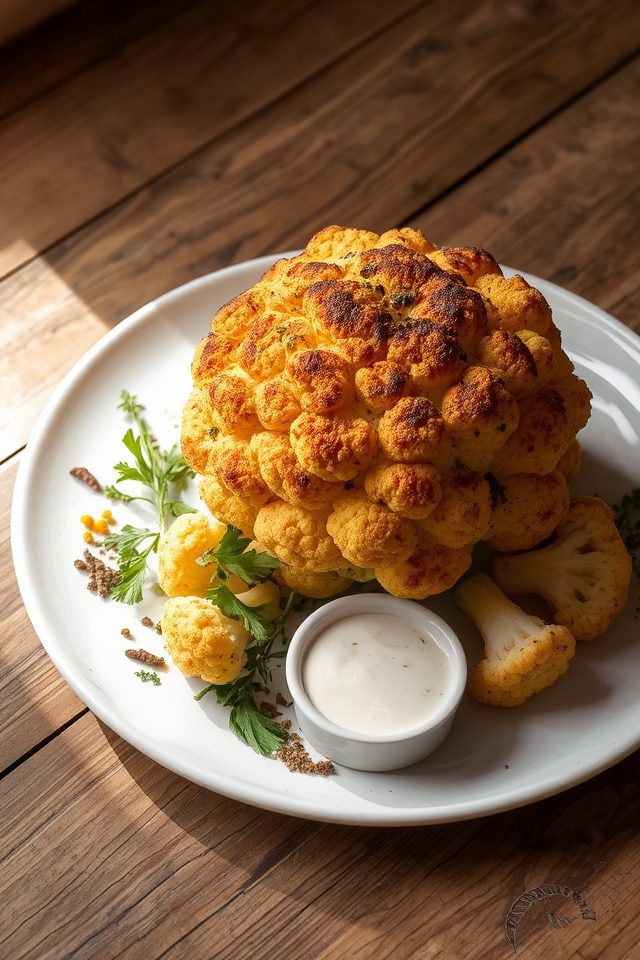
Cauliflower is a versatile and nutritious vegetable ideal for late summer gardens. It thrives in cooler temperatures, making it perfect for late summer planting to harvest in the fall. With its distinctive white curds, cauliflower can be used in a variety of dishes, from roasted sides to creamy soups. To grow healthy cauliflower, guarantee it has well-drained soil and consistent moisture. Adding a layer of mulch can help retain soil moisture and suppress weeds, promoting a successful crop.
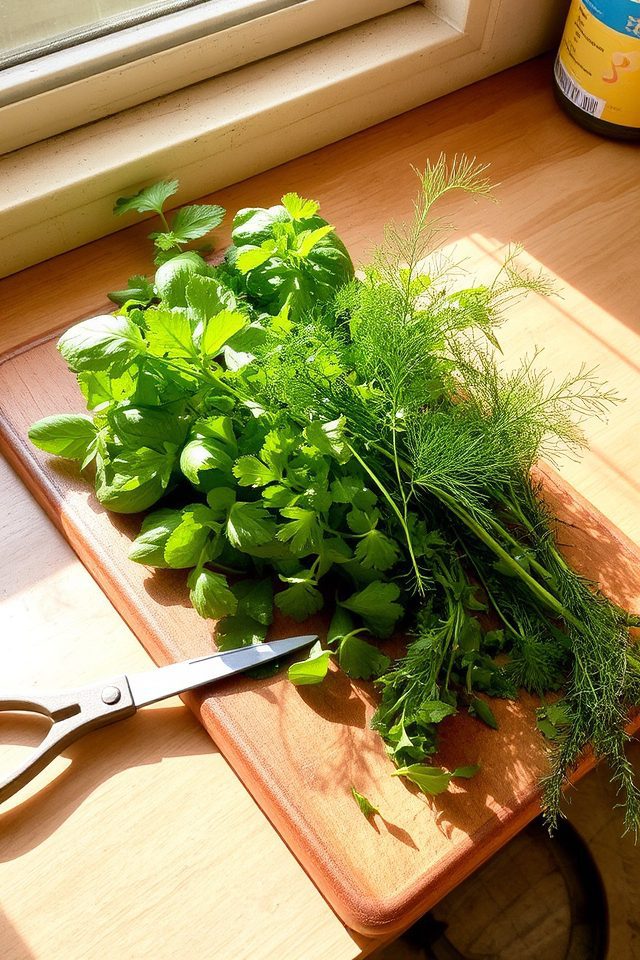
Late summer is a perfect time to expand your herb garden, as many herbs thrive in the warm months. Consider planting basil, cilantro, and dill for fresh flavors in your dishes, or opt for hardy herbs like rosemary and thyme that can withstand cooler evenings. Regular harvesting encourages growth, so snip leaves as needed. Herbs are not only versatile in cooking but also attract beneficial pollinators, enhancing the overall health of your vegetable garden.
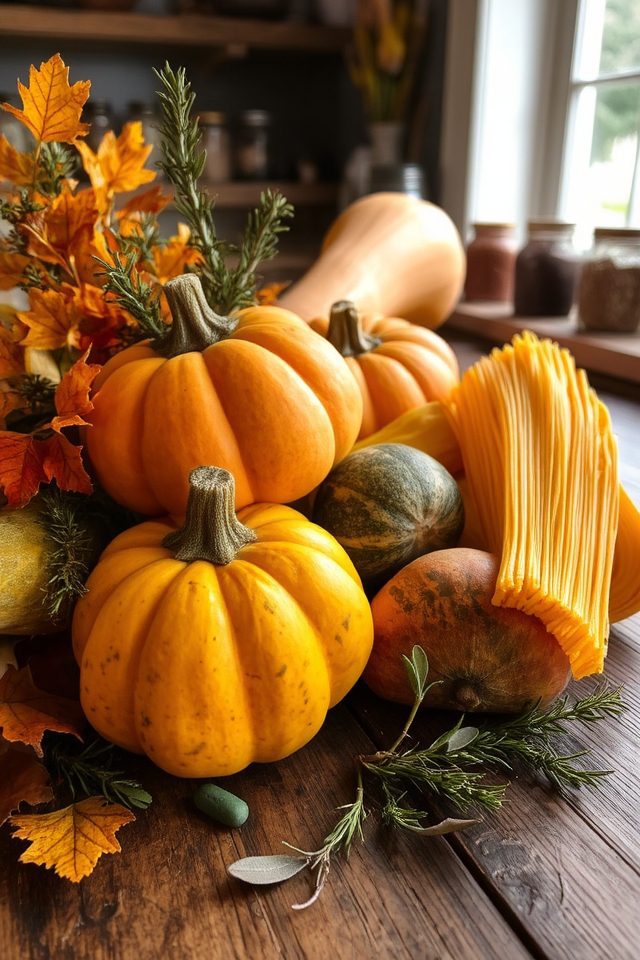
Winter squash is an excellent choice for late summer vegetable gardens, as it thrives in warm weather and offers a bountiful harvest before the first frost. Varieties like butternut, acorn, and spaghetti squash not only taste delicious but also provide essential nutrients. Planting them now allows time for the fruits to mature, yielding versatile options for soups, casseroles, and even pies later in the season. Plus, their vibrant colors add visual appeal to any garden plot.
As you prepare your late summer garden, remember that nearly 90% of backyard gardeners grow vegetables, highlighting the community’s passion for home cultivation. Planting now not only enhances your meals but also promotes sustainable practices. By incorporating crops like spinach, kale, and radishes, you can enjoy a bountiful harvest before the first frost. So grab your seeds and get planting—your future self will thank you for this flavorful and nutrient-rich bounty!
